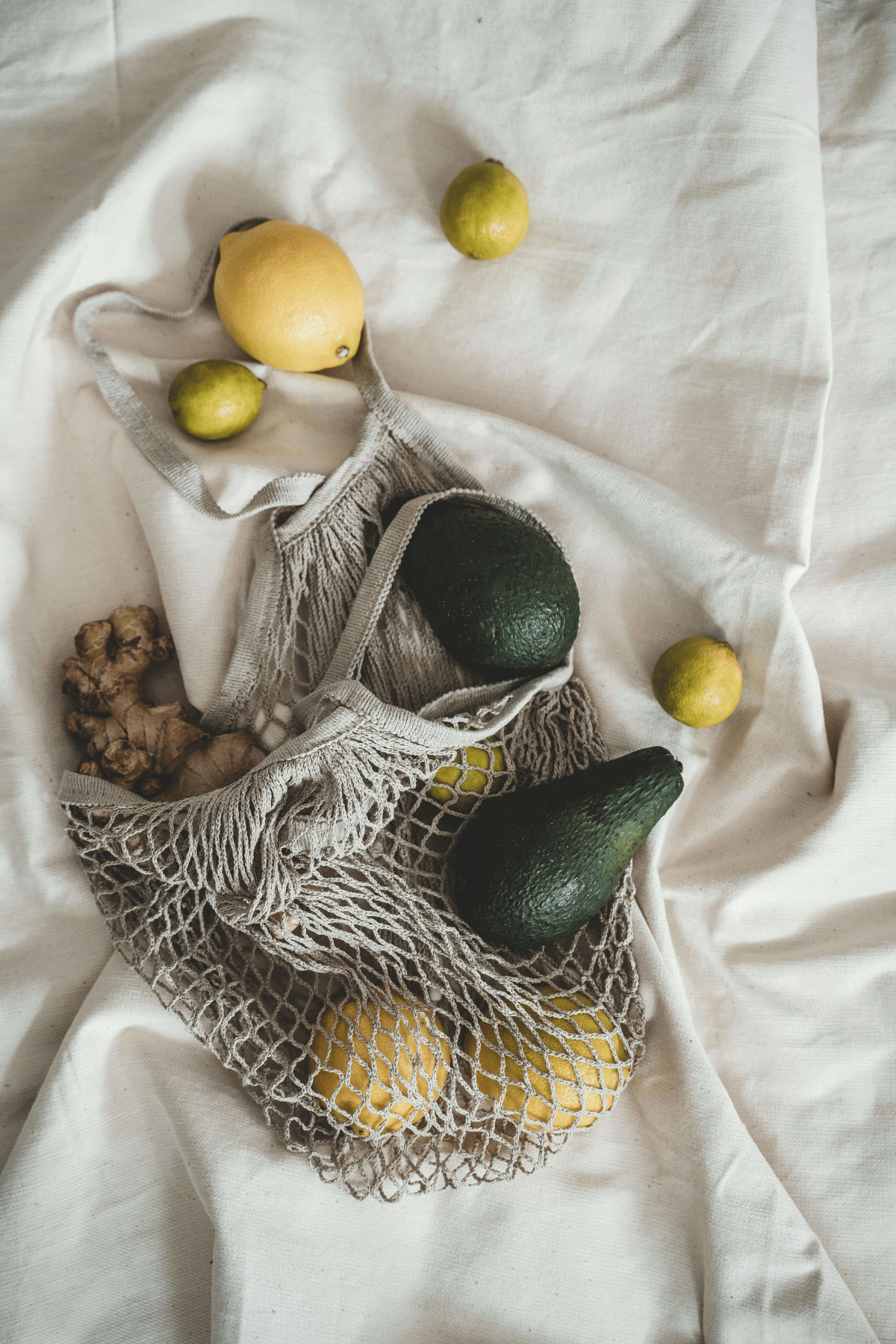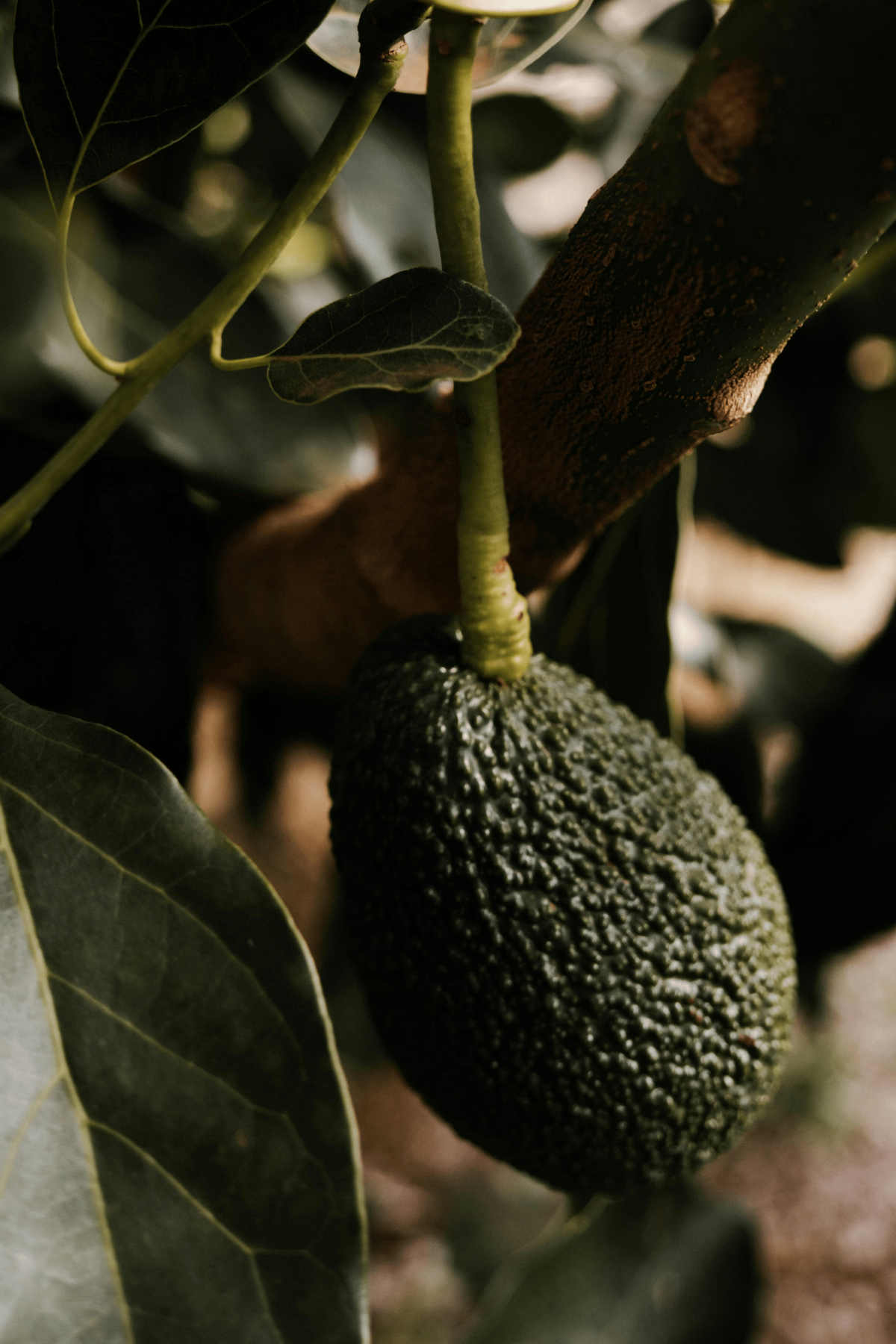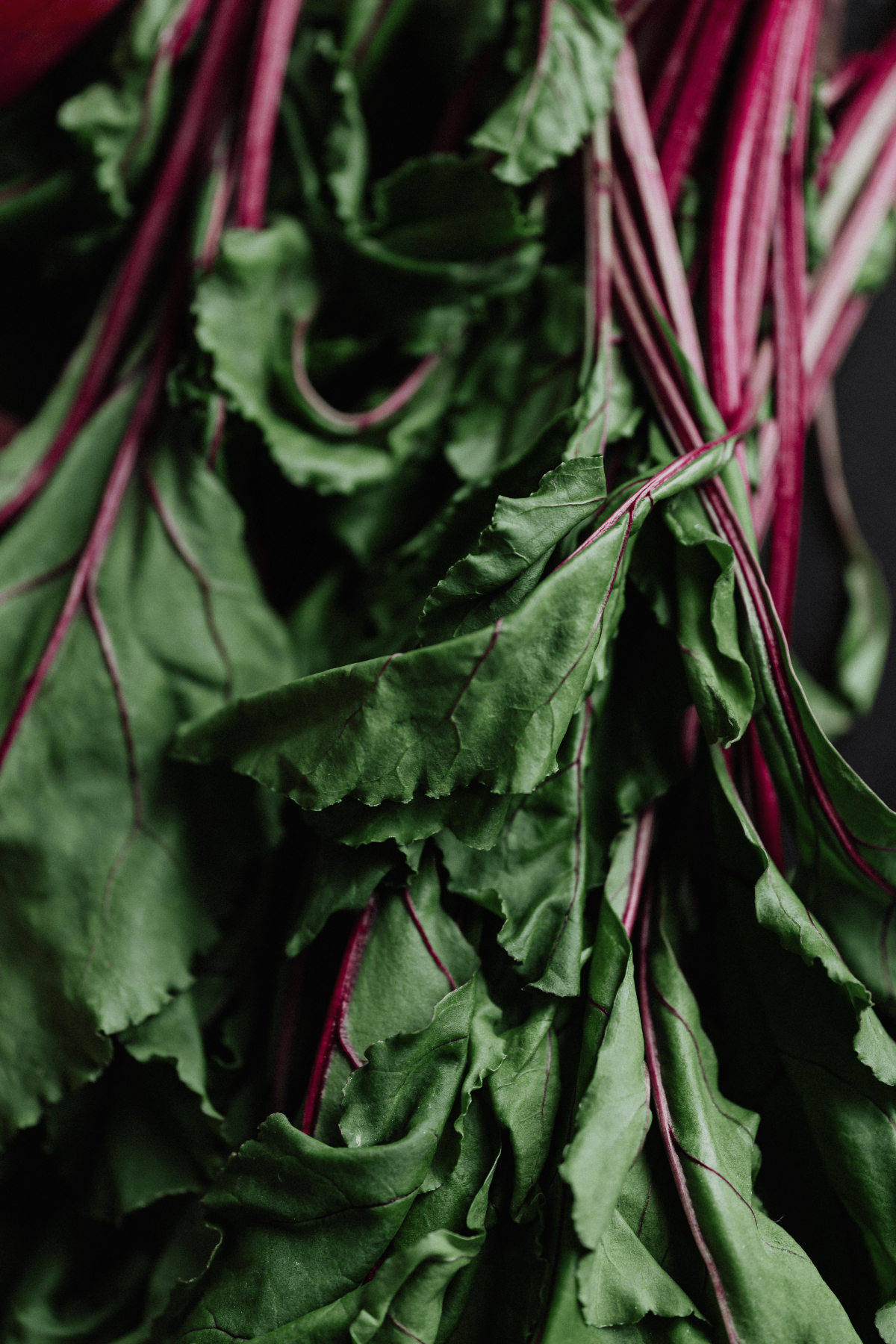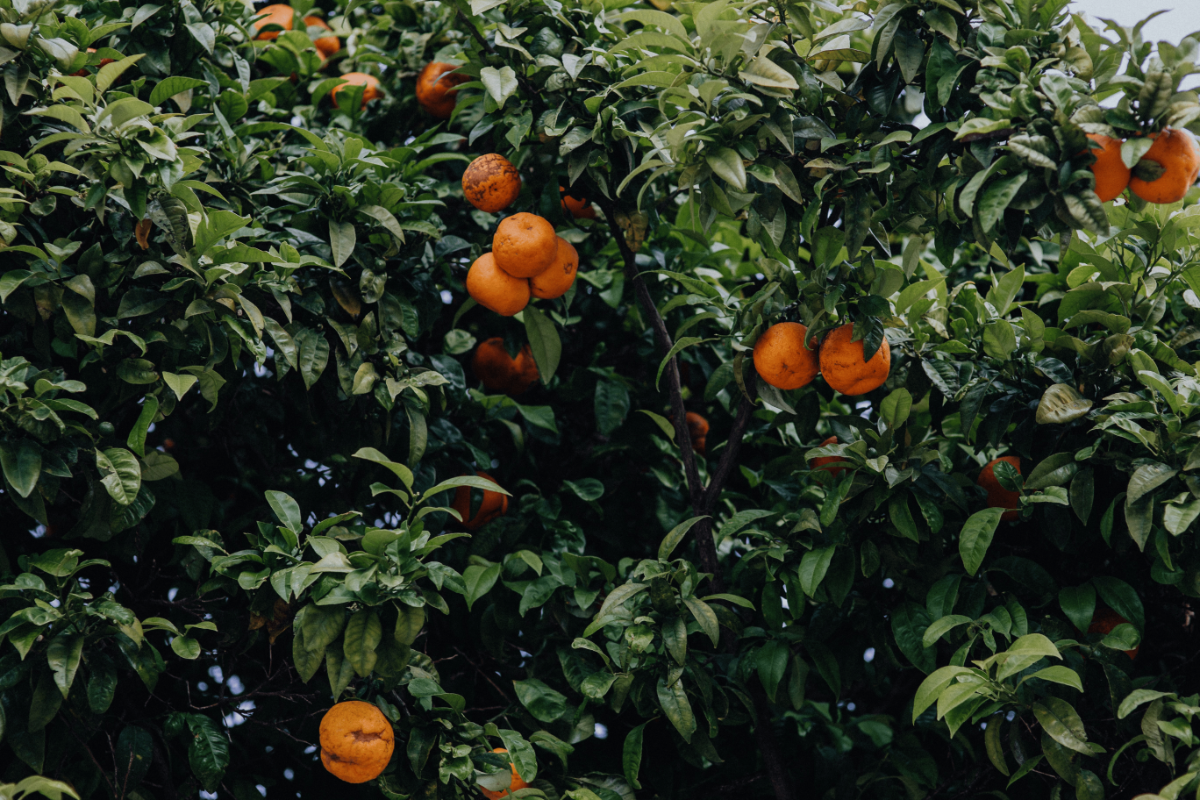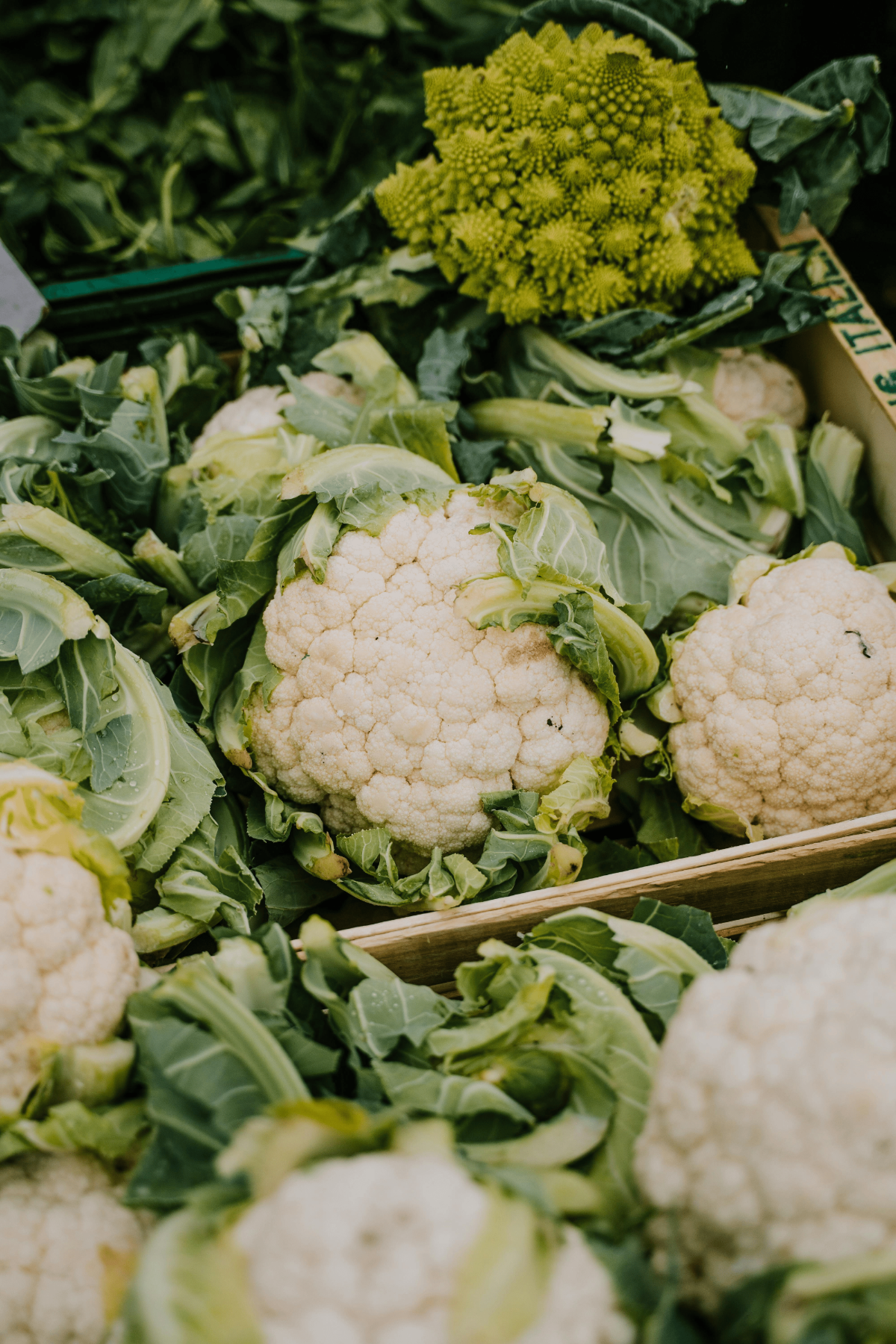Seasonal Eating: Peak Harvest for Radiant Health
Last update November 15, 2025
Seasonal eating delivers peak taste, dense nutrients, and a lighter carbon footprint while sustaining local growers and regional food culture.
More than a culinary trend, the practice of seasonal eating invites you to taste the year unfolding in real time. When strawberries arrive still warm from the morning sun or root vegetables emerge dusted with early-winter soil, your palate catches nuances that global supply chains flatten into anonymity. For inspiration on translating that freshness into the kitchen, explore our curated seasonal cookbook guide, a resource designed to help you turn every peak-harvest haul into flavour-forward, nutrient-rich dishes. By the end of this journey, you will understand how aligning your plate with peak harvest multiplies nutrient intake, sharpens flavour, and lowers the hidden carbon cost of long-distance freight, while quietly underwriting the craftsmanship of local farmers and markets. You will also see how seasonal produce choreographs a natural rhythm of wellness: spring’s chlorophyll flushes, summer’s antioxidant surge, autumn’s beta-carotene ballast, winter’s mineral depth. Read on to learn how this simple, sensual practice anchors a sustainable lifestyle, enriches overall well-being, and restores a sense of place in every bite.
What You'll Discover
Affiliate Disclosure
Some links in this post are affiliate links. That means we may earn a small commission, at no additional cost to you, if you choose to make a purchase. These are always brands, stays, or experiences we would recommend to a dear friend. Thank you for supporting the quiet sustainability of Terra Selene.
what is seasonal eating?
To eat seasonally means selecting seasonal produce harvested in its natural season, often within hours of purchase. Scientists define seasonal food as crops timed to regional climate instead of greenhouse manipulation, refrigerated storage, or air freight over long distances. Because locally grown produce is gathered at peak ripeness, nutrient content and flavor are higher, while lower cost makes healthy choices cost-effective. Grocery stores now label in-season produce; yet taste remains the best indicator, a tomato that travelled ten miles tastes unmistakably alive. Seasonal menus also diversify the diet, ensuring a diverse range of fruits and vegetables rotate through the year.
A practical seasonal food guide helps home cooks eat seasonally by showing which seasonal fruits and vegetables shine each month, think fresh peas in April, sweetcorn in high summer, or blood oranges in mid-winter. Choosing these seasonal fruits and vegetables delivers tangible nutritional benefits: vitamin C levels in fresh fruits such as citrus can be 25-to-50 percent higher when picked at peak harvest, while phytochemical density in certain fruits like vine-ripened strawberries nearly doubles compared with imported counterparts. The practice also generates powerful economic benefits, funnelling food dollars back into the local community, where small farms reinvest in soil health, biodiversity, and artisanal processing. In short, seasonal eating is not only a sensory upgrade; it is a data-backed strategy that nourishes the body, enriches the local economy, and strengthens ecological resilience, all by letting the calendar choose what lands on the plate.
Health Benefits of Seasonal Eating
Fresh studies show seasonal fruits and vegetables harvested at peak ripeness deliver more vitamin C, antioxidants, and polyphenols than imports stored for weeks. These compounds reinforce heart health, bolster the immune system, and improve overall health. By following the earth’s clock, eaters receive staggered micronutrient packages: spring greens detoxify, summer berries rehydrate, autumn squash fortifies, and winter citrus fruits combat colds. The result is balanced nutrient intake and measurable gains in overall well-being.
Higher Nutrient Content
When fresh fruit and vegetable produce is eaten within days, sometimes hours, of harvest, its biochemical profile remains intact. In controlled trials at UC Davis, baby spinach stored at 50°F lost 47 % of its folate and carotenoids in just six days, while spinach held at a typical room temperature (68°F) lost the same nutrients in four days; purchasing greens still cool from a dawn pickup virtually eliminates that loss.
Colour compounds tell a similar story. Tomatoes allowed to ripen on the vine contain 33 % more lycopene and β-carotene, antioxidants linked to lower cardiovascular risk, than tomatoes harvested green and forced to redden in transit. Lettuce follows suit: laboratory assays show 39 % of vitamin C can disappear within three days of room-temperature storage, and nearly 60 % after ten days in the fridge, underscoring how quickly water-soluble vitamins oxidise once the cold chain is broken.
These numbers translate to palpable vitality on the plate. A bowl of just-picked June strawberries delivers almost twice the ascorbic acid of berries freighted across continents, while on-farm–cured sweet potatoes develop resistant starch that moderates post-prandial blood sugar without the spike typical of warehouse-aged roots. Eat seasonal, and every bite carries the nutrient density the plant accumulated in sun-lit fields rather than fluorescent lights.
Immune System Support
Seasonality also choreographs a nutrient symphony timed to the body’s defences.
Spring greens, ramp, radish, nettle, flood the system with folate, vitamin K, and chlorophyll that mop up winter-era oxidative stress.
Summer stone fruit and berries drench cells in anthocyanins and vitamin C, antioxidants shown to shorten the duration of upper-respiratory infections.
Autumn squashes and carrots load beta-carotene; one cup of roasted pumpkin supplies more than 200 % of the daily vitamin A requirement, priming mucosal barriers before the cold season sets in.
Winter brassicas add medicinal heft. Their glucosinolates convert to sulforaphane, a phytonutrient now linked to measurable immune resilience. In a double-blind trial, adults who supplemented with broccoli-seed sulforaphane experienced 40 % fewer cumulative days of common-cold symptoms over eight weeks compared with placebo.
This rolling pharmacopoeia means your immune system receives exactly the micronutrients it needs, precisely when the natural world makes them most abundant. For a deeper look at how strategically choosing food as medicine extends these benefits into chronic-disease defence, explore our deep dive into therapeutic nutrition for lifelong resilience. Seasonal eating is therefore not merely a flavour decision; it is an evidence-backed strategy for year-round defence, delivered in the most delicious form nature can devise.
Economic Benefits for the Local Economy
Every basket of seasonal produce bought from local farmers behaves like seed capital for the region’s prosperity. Economists tracking the USDA’s Farmers Market and Local Food Promotion Program found that each dollar invested in local food enterprises recirculates an estimated $2.67 within nearby communities, funding everything from seed suppliers to graphic-design studios that print market posters. Independent analyses confirm the pattern: about 67 cents of every dollar spent at a neighbourhood market stays in the community, compared with roughly 43 cents when the same dollar flows to a national chain. This “local multiplier” translates into more jobs, higher regional tax revenues, and fortified supply chains that shorten long distances between field and table.
Because money remains nearby, growers can invest in soil-building crop rotations that enhance biodiversity and yield more nutrient-dense harvests at peak harvest. Artisan millers, cheesemakers, and bakers then transform that fresh produce into products whose flavor and provenance command premium prices, revenues that cycle back to farm workers, craftspeople, and market managers. The result is a self-reinforcing loop: consumers gain heightened nutrient intake and sensory pleasure; the community accrues cultural vibrancy and resilient infrastructure; and the collective carbon footprint shrinks as regional trade displaces fossil-fuel-heavy imports. In short, seasonal eating uplifts local markets and safeguards overall well-being far beyond the plate, anchoring a truly sustainable lifestyle in everyday commerce.
Environmental Impact and Carbon Footprint
A single orange flown 2,000 miles and trucked another two hundred absorbs more diesel calories than it delivers in food energy; multiply that journey across a supermarket produce aisle, and transport alone accounts for roughly 20 % of the food system’s global CO₂ emissions. The largest slice of those “food-mile” gases is produced not by ships or planes but by heavy-duty trucks rumbling along highways, responsible for nearly four percent of all food-system emissions.
Seasonal eating trims that figure to a sliver: strawberries picked at dawn and cycled to a neighbourhood market support local farmers and bypass refrigerated warehouses, aviation fuel, and kilometres of plastic wrap. Because small, diversified farms rotate crops rather than monocropping, they rebuild soil carbon, invite pollinators, and safeguard biodiversity; the landscape itself becomes a carbon sink. For the diner, the benefit is immediate, superior flavour that never endured the humidity swings and ethylene baths of long-distance freight, yet every mouthful quietly lowers the meal’s carbon footprint and strengthens regional ecology, proving that fresh produce can be both indulgent and restorative inside a truly sustainable lifestyle.
Seasonal Produce Calendar: Harvest by Season
Spring Highlights
March light coaxes the first asparagus spears through still-cold soil; their snap is so vivid that cooks need only warm butter and lemon zest to set taste buds ringing. Baby spinach cut before sunrise retains all its folate, while tender leeks, radishes, and early peas offer chlorophyll that wakes the palate from winter’s starches. A single bowl of these greens supplies vitamins A, C, and K in ratios that nutritionists link to liver detoxification and collagen synthesis, an internal spring clean delivered through flavour rather than supplements. Strawberries, blush-red to the core, arrive last: their vitamin-C spike partners with iron in spinach to boost absorption, weaving nutrient synergy into every forkful.
Summer Abundance
By midsummer, the farmstand perfumes the air: vine-ripened tomatoes pulse with lycopene concentrated by long daylight hours, while peaches and nectarines drip with beta-carotene sugars the sun has caramelised inside their skins. Water-heavy crops, courgettes, cucumbers, and watermelon, replenish electrolytes lost to heat, hydrating cells more efficiently than flavored drinks. Basil, dill, and coriander sprout faster than they can be pinched back, adding phytochemicals that tame inflammation. Eating seasonally in July is less a prescription than an act of surrender: slice, salt, eat—the produce does the rest.
Autumn Harvest
Late-season sunlight thickens the flesh of pumpkins, sweet potatoes, and butternut squash, locking starches that convert slowly to glucose and keep energy steady as daylight wanes. Their deep-orange carotenoids metabolise into vitamin A, fortifying mucous membranes against approaching cold viruses. Apples, pears, and grapes balance that grounding heft with crisp acids that stimulate digestion. Meanwhile, hardy greens, kale, chard, mustard, continue photosynthesising in cooler air, packing iron and calcium into every leaf. An autumn table, therefore, offers both comfort and biochemical armour: roasted root medleys glowing beside raw salads bright with pomegranate seeds.
Winter Nourishment
When frost silvers the fields, citrus fruits arrive as bottled sunlight: their fragrant oils lift mood, and their vitamin-C concentration partners with zinc to shorten the duration of seasonal colds. Cabbages, Brussels sprouts, and purple sprouting broccoli thrive in cold soil, developing glucosinolates that the liver converts into sulforaphane, one of nutrition science’s most studied cellular protectors. At the same time, stored beets and parsnips provide nitrates that enhance blood flow, sustaining workout performance despite shorter days. Winter plates illustrate that “seasonal” never means sparse; it means eating what nature prepares precisely for the body’s mid-winter needs.
How to Start Eating Seasonally
Begin with research, not guesswork. Download a seasonal food guide or consult your agricultural extension calendar to learn which fruits and vegetables ripen naturally in your region month by month. Apps such as Seasonal Food Guide (US) or Eat Seasonably (UK) update in real time, while farmers’ boards post crop-arrival charts you can photograph for quick reference. Keeping that guide on your phone turns every shop into a mini field trip: before you add anything to the basket, ask if it appears on this week’s list. This simple habit helps you eat seasonally, reduces the energy toll of long distances, and automatically channels your food spend to crops at peak nutrient density.
Next, translate knowledge into practice. Visit a Saturday market within an hour of opening to watch what disappears fastest; that early-bird rush usually targets produce harvested at dawn, still humming with field heat and therefore at its most nutritious. Strike up a conversation, growers love to explain how a melon’s perfume deepens as its netting thickens, or why late-summer peppers carry superior flavor after cool nights. These encounters teach you how to judge ripeness by weight, scent, and skin tension, skills you can apply later in a conventional grocery aisle. When you can’t reach a market, origin labels become your compass: choose peaches grown in-state over those trucked from two time zones away, and you still support local farmers while trimming transport emissions.
Finally, plan meals around the haul rather than forcing the haul into pre-set menus. After tasting that first apricot of the season, you may decide the fruit needs nothing but a spoonful of mascarpone; freshly dug potatoes might ask only for butter and herbs. Keep a short roster of flexible recipes—a verdant primavera, a ratatouille, a winter brassica gratin, each designed to showcase whatever is peaking that week. Rotate them as new produce appears and the benefits compound: more colour on the plate, deeper flavour in every bite, and a gratifying sense that your table now mirrors the rhythm of the land.
Find Fresh Produce at the Local Farmer's Market
Markets double as open-air classrooms. Run your thumb across the bloom of a just-picked plum, and you feel living yeast that would be polished off by industrial pack lines; inhale basil still attached to its root ball, and volatile oils flood the senses before they oxidise. Conversations with local farmers uncover heritage seed varieties, costoluto tomatoes, black-nebula carrots, each carrying terroir stories and phytochemical profiles absent from commodified hybrids. The act of buying becomes participatory journalism on soil health, rainfall, and flavour chemistry, deepening respect for the chain that links landscape to plate.
Smart Grocery-Store Strategies
Inside larger retailers, seasonal eating is a scavenger hunt resolved by origin tags and peak-harvest intuition. Walk the perimeter where fresh produce arrives daily; choose lettuces that squeak when folded and citrus whose rind releases perfume at the lightest scratch. Avoid vacuum-chilled imports when their domestic counterparts are weeks away. Stock a larder of preserved stand-ins, sun-dried tomatoes, lacto-fermented kimchi, frozen berries, so cravings never force a lapse into high-emission choices. Over time, these micro-decisions hard-wire a sustainable lifestyle without one moment of deprivation.
Culinary Creativity
Seasonal cooking rewards minimalism. Spring suppers might layer grilled asparagus over lemon-dressed quinoa, the spears’ grassy sweetness echoing young olive oil. High summer invites raw tomato consommé, strained through muslin until it becomes a translucent broth that dazzles the eyes before thrilling the palate. Autumn’s answer is a sheet pan of caramelised roots drizzled with miso-tahini, their edges crisp, centres honeyed. Winter breakfasts swirl blood-orange segments and toasted hazelnuts through Greek yoghurt, turning short-day austerity into colour. Planning around harvest calendars, therefore, sparks creative discipline: the produce changes constantly, but the guiding question, what is at its peak today, remains deliciously fixed.
Overcoming Off-Season Challenges
No one lives in a perfect agrarian bubble; cravings and climate intervene. The remedy lies in preservation arts that capture peak harvest without inflating the meal’s carbon footprint. Freeze blueberries on trays so they rattle like marbles into mid-winter oatmeal; ferment shredded cabbage into sauerkraut whose vitamin-C content can quadruple during lactic conversion; oven-dry Roma tomatoes in low heat until they concentrate into umami coins stored under olive oil. Root-cellaring keeps beets and carrots crisp for months, while cold-smoked apples deliver aromatic complexity long after leaves have fallen. Master these techniques and seasonal eating becomes seamless, a year-round conversation rather than a three-season fling.
Seasonal Eating and Overall Well-Being
Seasonal eating is the culinary equivalent of breathing fresh mountain air after months indoors: every cell registers the difference. It merges health benefits, denser vitamins, steadier blood sugar, resilient immune system, with ecological prudence and cultural continuity. By choosing seasonal produce, supporting local markets, and letting the calendar choreograph your menu, you nurture overall well-being, fortify regional economies, and lighten your carbon footprint. Most of all, you rediscover food as a living story: soil to sun, harvest to hearth, taste buds to memory, an unbroken chain preserved one mindful bite at a time.

